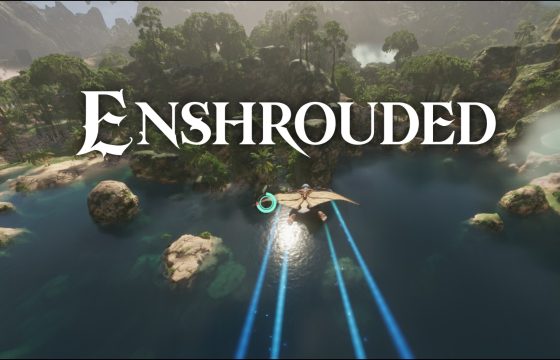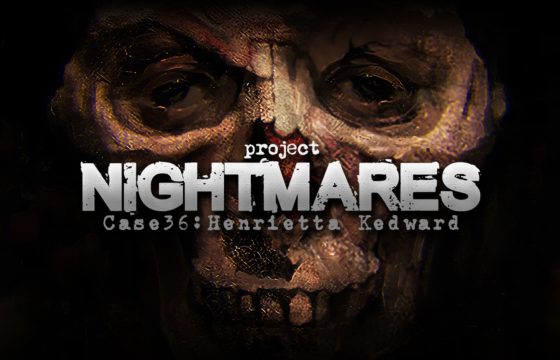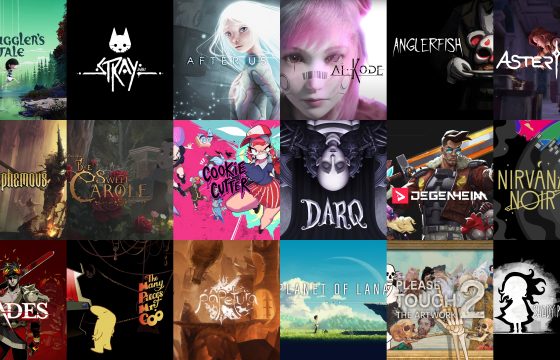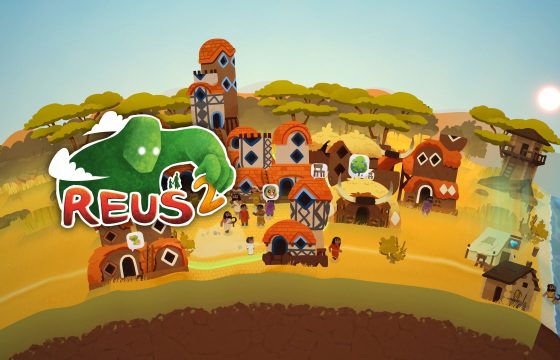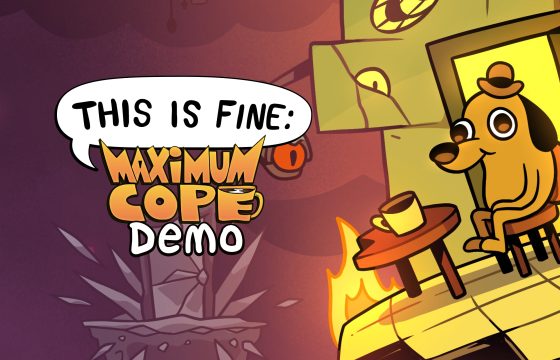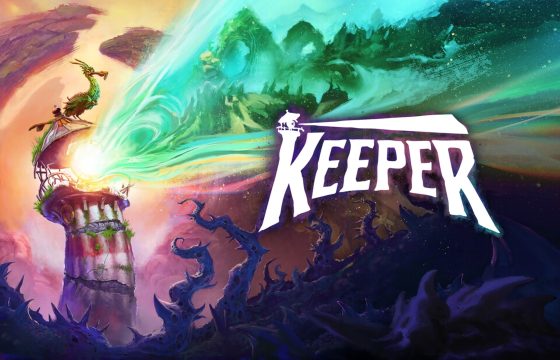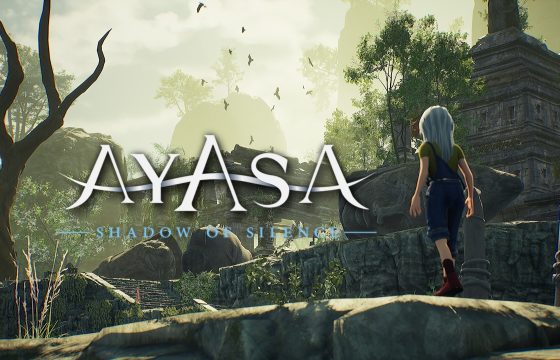Annapurna Interactive and Geometric Interactive brings us Cocoon. An adventure about worlds and a mysterious adventurer with a strange power.
It’s never easy to talk about games like Cocoon. From the beginning we are immersed in silence and we guide our protagonist. We have no information, no news, no active narrative. There are no obvious clues to the plot and we are immediately set in the action.
Despite the premises, the worlds we will cross have a strong impact and speak to the player. They suggest images and intuitions thanks also to a well-balanced and truly inspired soundtrack.
Cocoon is a puzzle adventure. We have neither life points nor game over, just a series of puzzles to solve to advance, who knows where.
A Great Legacy
Behind the game design of the game is the name of Jeppe Carlsen. For those who don’t know him, he was the lead gameplay designer of titles such as Limbo and Inside (for more information read our article). The title is reminiscent of Playdead products in many ways: the silent narrative, the puzzles often based on physics and the dark and immersive atmospheres. Compared to previous titles, Cocoon has a less dark tone, although there is no shortage of dark moments. However, the sense of estrangement and solitude of this universe where we seem to be together with the fauna, among the few sentient creatures, is strong.
Worlds and Guardians
The worlds in Cocoon are both infinitely large and so small that the protagonist can carry them. Their use is multiple: they can function as switches, as activators of alien machinery and as containers of worlds themselves.
Each world has its own special power that the protagonist will master only after defeating the boss linked to that world. Each power opens the door to new mechanics that will never leave us throughout the game. Indeed, they intersect in a complex and intelligent way.
The Guardians are boss fights, each with their own gimmick. They require a precise strategy to be defeated which is divided into several phases which progressively become more complicated.
The protagonist has no hit points, one hit is enough to be defeated, but there is no game over. We will be catapulted out of the arena so we can start the fight all over again. Once defeated we will exit that world and be able to continue. Thanks to the new skills acquired we will be able to reach another world.


An Alien Universe
The care put into creating the worlds is truly remarkable. Even the most classic biomes have a considerable stylistic depth. Cocoon is set in a universe, because the worlds we explore are part of a larger system. The diverse biomes range from desert, to swamps, to organic masses or gigantic, futuristic structures. Despite their diversity, all worlds visually show biomechanical structures and life forms that act as common elements. It is also the difference in size between the protagonist and some titanic structures that gives the idea of being elsewhere even in the more primordial place. Another great link is the soundtrack and sound design which intervene at the right time, doing their part in an excellent way.
Our protagonist himself has an insectoid shape. In short, an alien creature in an alien universe. We cannot know anything else, we can only guess.
Gameplay e Level Design
When I define Cocoon a universe it is because the adventure takes place not only on the worlds, but also outside. The basic idea is to be able to travel within these ways which from the outside seem like small spheres but which are actually huge once inside. The spheres can be placed in certain gears that allow the protagonist to enter inside them. We literally have a matryoshka of worlds to discover. The depth of levels and interaction becomes more and more intricate as you progress. However, it must be said that the experience never becomes repetitive and there are some truly original and well-made moments. Worlds give abilities that are useful in all others. We often have to bring a certain sphere with us into a world to harness its power.
The powers to unlock range from materializing crystal roads or gaseous columns, teleporting next to the sphere, or firing shots at certain targets. The worlds are interconnected so well that you can return to key points visited some times ago and then progress through the adventure. The skills acquired are never abandoned and will also be useful in the final stages of the adventure.
The complexity of the puzzles progressively increases while still relying on the basic mechanics. Luckily the level design and sound design guide the player to the solution.
To be commended is the fact that all this works using only the player’s movement, no jumping and only one interaction button.


My Two Cents
Cocoon is a pearl in the world of puzzle adventures. It has no macroscopic defects that compromise its structure. Its level and game design are constructed with precision like a sophisticated machine. Perhaps just one moment can be considered a little too repetitive, but it is a very small flaw. The graphics, soundtrack and sound design do their job very well. For example, the audio commentary is often activated when the solution is reached, making the player understand that he is on the right path.
The defects that we can find arise from the very genre to which the title belongs. The duration is about 4 hours although there are collectibles too. The simplicity of the boss fights and the practically absent narrative could discourage some types of players, but they are not real defects. If you love this genre, however, it is a title not to be missed, which evolves the previous experiences of Limbo and Inside and takes them to a higher level. A wonderful surprise of this year.
Cocoon
PRO
- Immersive graphics and sound design
- Great level and game design
- Very atmospheric game
- Intuitive and engaging gameplay
CON
- Short game experience
- Not so engaging bossfights
- Lack of true narrative





